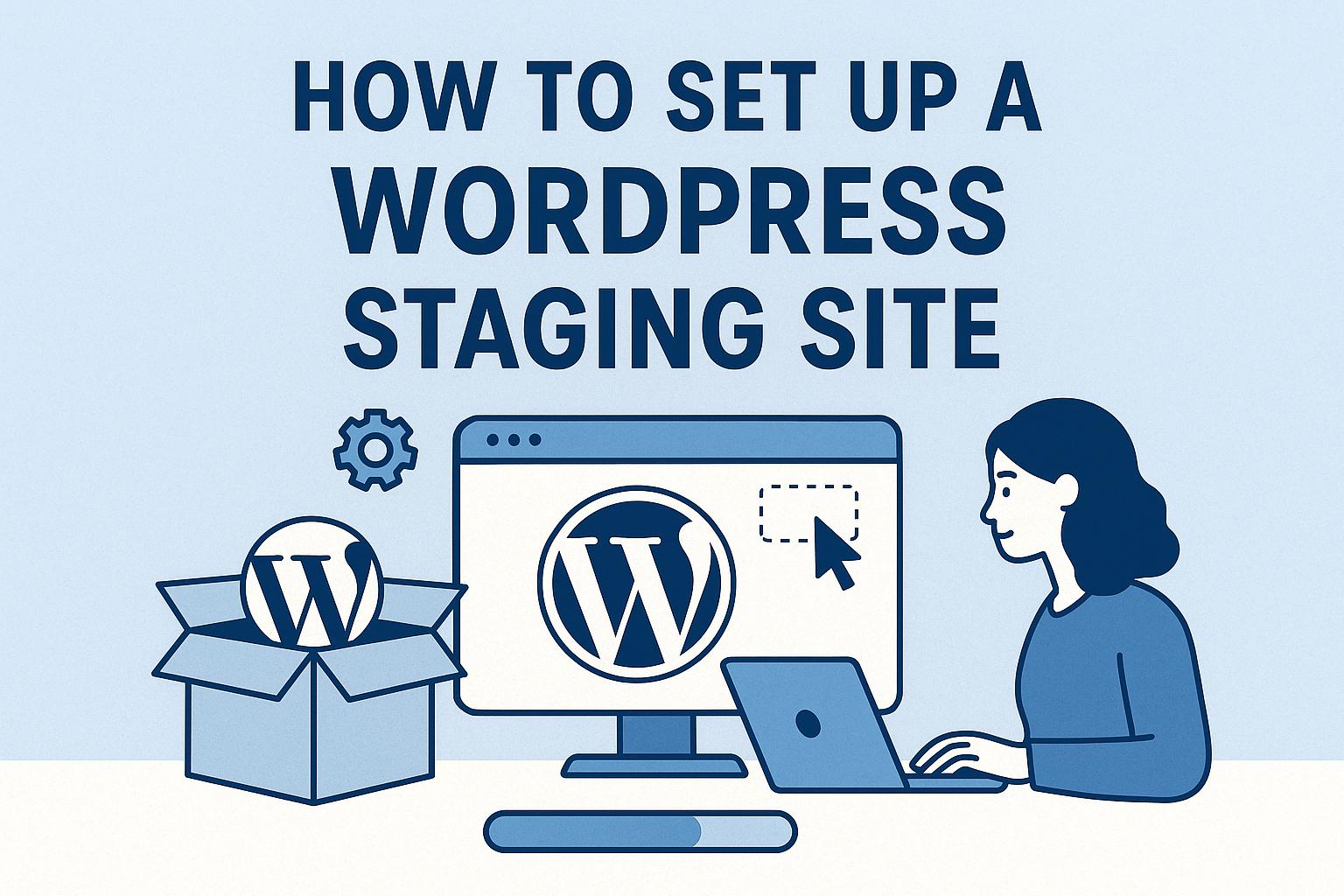Understanding the Importance of a WordPress Staging Site
A WordPress staging site is a crucial asset for any website owner. It serves as a testing ground where you can experiment with changes and updates without affecting your live site. This environment mimics your live site, allowing you to address issues before they reach your audience.
The Functionality of a WordPress Staging Site
A WordPress staging site offers a protective buffer between your development efforts and the live website accessible to your audience. By creating a separate environment that replicates the live site, any new ideas, updates, or problem fixes can be applied and tested in a space that remains invisible to the public. This ensures that your live site remains uninterrupted by any downtime or errors that might occur during the update or development process.
Preparations for Setting Up a Staging Site
To embark on creating a staging site, there are key preparations one must undertake. First and foremost, ensure you have a reliable backup of your live site. Backups are critical as they safeguard your data, providing a fallback option should anything go amiss during the setup process. It’s a crucial step to maintain data integrity and stave off any accidental data loss. Alongside securing backups, it’s essential to ensure that you have secure and ready access to your hosting account and the WordPress admin dashboard. These ports of entry are vital for managing the setup process efficiently.
Creating a Staging Site via Your Web Host
For users whose hosting providers offer built-in staging features, the process to set up a staging site is usually straightforward. These built-in tools typically simplify the setup, making it accessible even for those with limited technical expertise. Here is a deeper dive into the general steps involved:
Locate the Staging Option: The journey begins by logging into your hosting account. Once inside, navigate towards the control panel or dashboard, searching for an option labeled something akin to “Staging,” “Staging Environment,” or “One-click Staging.”
Initiate Staging Site Creation: With the staging option located, follow the host’s instructions to initiate the staging process. This usually involves selecting the specific website you wish to clone if you are managing more than one site from a single account.
Complete the Setup: Upon initiation, the hosting platform automatically copies the site’s existing configuration. This creates a replica in a distinct and contained environment that replicates the live site but remains separate.
For more concrete instructions or specific steps that may vary across different hosting services, users are advised to consult official documentation provided by their host or explore the support page for additional clarity.
Setting Up a Staging Site Manually
If your hosting provider does not furnish a built-in staging feature, setting up a staging site manually on your part becomes essential. Although slightly more labor-intensive, this approach is highly feasible and allows for greater control over the staging environment. Here is a streamlined explanation of manual setup procedures:
Create a Subdomain: Start by logging into your hosting control panel. Within this environment, create a subdomain; this subdomain becomes the designated URL for your staging site (e.g., staging.yoursite.com).
Install WordPress on the Subdomain: Using the hosting control panel once again, proceed to install WordPress on the newly created subdomain. This installation process harks back to how you initially set up WordPress on your main domain, providing familiarity and continuity in the setup phase.
Clone Your Site: To migrate your live site’s data to this new staging environment, plugins like Duplicator or WP Staging come in handy. After installing and activating the selected plugin on your live site, follow its specific instructions for copying and transferring data to ensure precise and efficient migration.
Testing Changes on the Staging Site
With the staging site ready and functional, its utility becomes evident in providing a space to safely test changes. This is where new plugins, themes, or WordPress updates can be evaluated without affecting the live site. Conducting thorough usability tests in this isolated environment ensures that all modifications align with your site’s objectives and performance standards. Testing also serves to preemptively identify and rectify potential issues, achieving optimal performance prior to any public exposure through the live site.
Migrating Changes from Staging to Production
After confirming the changes on the staging site function correctly, the next step is to migrate these changes to your live site. This transition may vary depending on your preferred method. Some users may favor a manual migration approach, meticulously moving tested changes piece by piece. Others may utilize a plugin designed for this purpose, enabling a more automated and seamless transfer of updates from staging to the live environment. The choice between methods often hinges on the specific needs and capabilities of the site’s management team.
Conclusion
The strategic setup of a WordPress staging site embodies a proactive measure to ensure the smooth performance and robust functionality of your live site. Whether leveraging your hosting provider’s built-in tools or opting to configure one manually, the value of a staging site is irrefutable in the realms of website development and sustained maintenance. Such a site is invaluable, enabling seamless adjustments and enhancements, all while preserving the integrity and uninterrupted operation of your primary site visible to the public. It is an embodiment of best practices, where regular site backups and security measures ensure ongoing security and operational efficiency.
